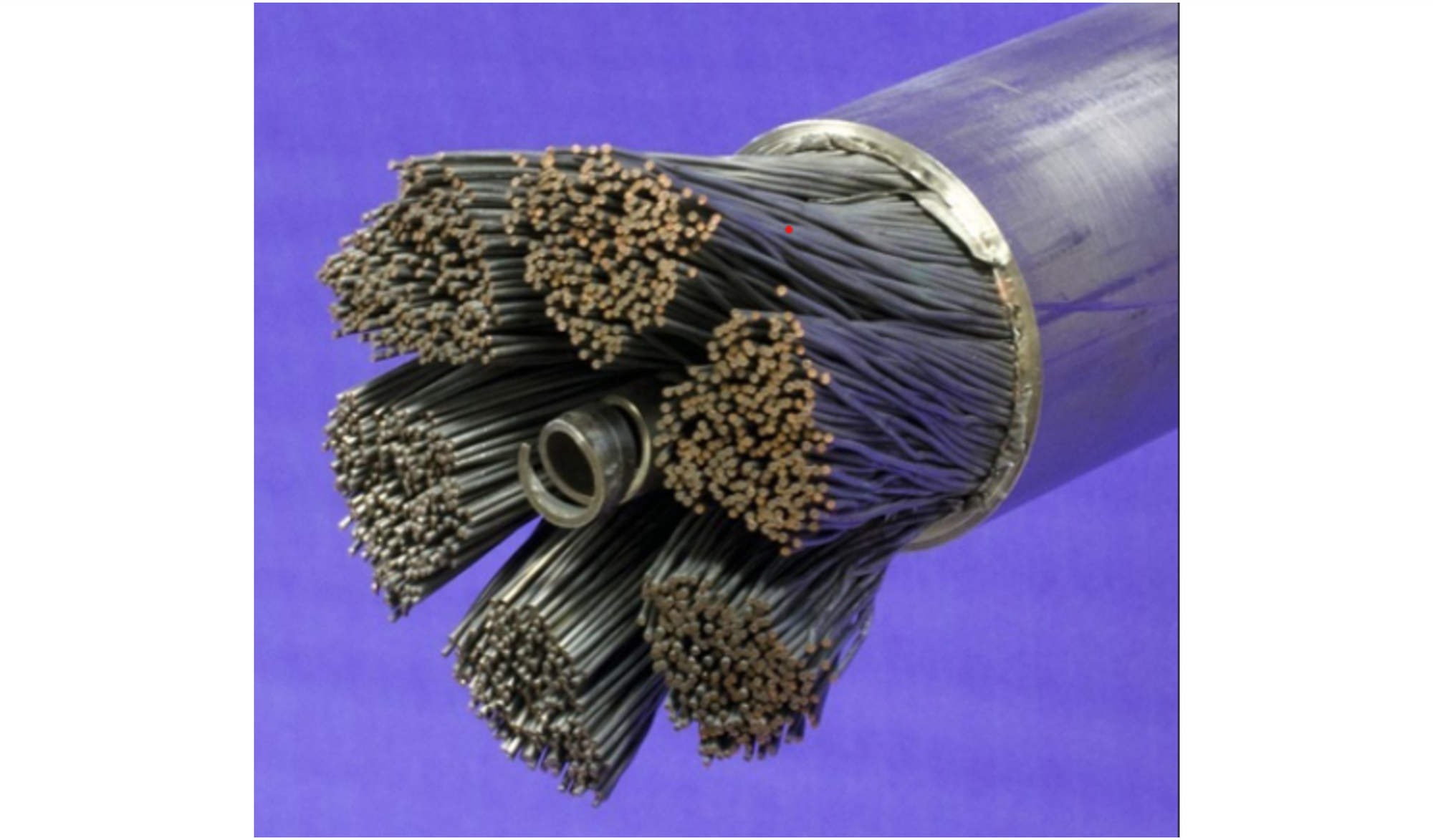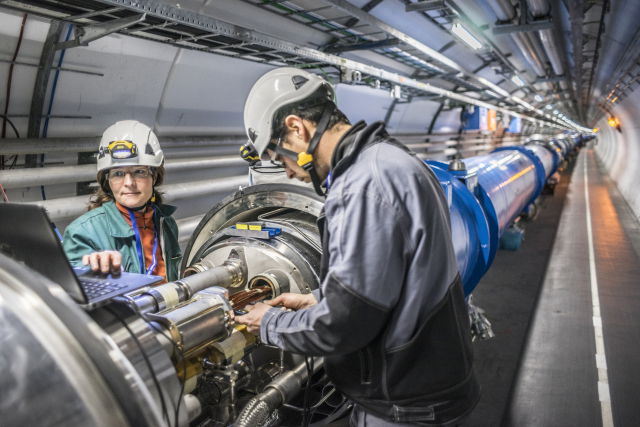Superconducting Magnets

Superconducting magnets are the core enabling technology for tokamak fusion reactors. Typically the magnets, with associated systems, amount to nearly half of the material costs of the reactor.
This page describes the challenges of operating superconducting magnets and emphasises the gamble made by the ITER Organization in deciding not to fully test their magnet coils before installation in the tokamak where any repairs become almost impossible.
Operation of superconducting magnets
ITER, as well as DEMO, plans to use niobium-tin and niobium-titanium superconductors, which necessitate maintaining the magnet coils at 4°K (-269°C) using liquid helium cooling within a cryostat. These magnets are referred to as Low Temperature Superconductors (LTS). Other superconductors which can operate ate higher temperature, High Temperature Superconductor (HTS) are being tested for compact tokamaks such the ARC compact tokamak being designed by the Commonwealth Fusion Systems private fusion company.
A feature of superconducting magnets is that if certain threshold conditions are not respected (cryogenic temperatures, current density, magnetic field), their zero-resistivity characteristic is lost, and the conductors become resistive. This transition from superconducting to resistive is referred to as a "quench". If a quench occurs there is a risk that large amounts of energy, including resistive heating, will be dumped in the coils of the magnets, causing damage. A sensitive quench protection system is required that can divert (or "dump") - following an alert from a network of sensors - the energy associated with the circulating coils into an external bank of resistors. Such an event is referred to as a Fast Safety Discharge (FSD).
Another requirement to protect the superconductor, is shielding to eliminate any flux of energetic neutrons which could generate heat or cause radiation damage and neutron activation in the coils and their cryostat.
Experience with superconducting magnets
Although the use of superconducting magnet is now common in medical imaging (MRI) equipment, several pioneering scientific devices have experienced serious problems with the technology. Some examples are given in this section.
Tore Supra was the first large tokamak to employ superconducting magnets and initially were some serious problems with them. The first fault occurred in a toroid coil during the commissioning phase at a reduced current of 600 A. The coil developed a short circuit and had to be replaced, an operation which took 6 months of work. Later during the commissioning at nominal power, test FSDs were initiated which caused abnormal heating in three coils. In the coil with the most severe overheating, a limited short circuit was diagnosed, which later, in operations, disappeared.
In the operation of Tore Supra, most of the FSDs were not due to quenches but occurred for other reasons and the recovery only caused short downtimes. After the initial problems, Tore Supra operated successfully for 18 years. A paper describing this experience, Duchateau et al., emphasizes the importance of the pre-assembly acceptance tests in superconducting conditions.
Another more recent tokamak with delays caused by problems in superconducting magnets is the JT-60SA project in Japan. The original JT-60 tokamak started operations in 1985 and underwent a series of upgrades in the subsequent decades. The latest upgrade to JT-60SA started in 2015 with the replacement of the original copper magnets with superconducting magnets. During tests in March 2021 a number of the poloidal coils suffered short circuits and at the end of 2022 these problems are still being corrected.
The Large Hadron Collider at CERN is the world's most powerful particle accelerator. The accelerator has 1232 dipole superconducting magnets with niobium-tin conductors, each 15 m long. It uses cryogenic technologies demonstrated in Tore Supra. Standard procedure at CERN is to perform acceptance tests on all magnets at nominal operational conditions before installation.

Superconducting magnets of Large Hadron Collider at CERN Laboratory
Very early in LHC operations there was a major fault with one magnet which caused a massive helium release and extensive mechanical damage (Analysis of LHC incident). This led to more than a year's delay in the project and a large cost for corrections to be made.
ITER Magnet System
ITER has four different systems of superconducting coils as indicated in the figure below.

Mutiple sets of superconducting coils in tokamak reactor
A decision has been taken not to fully test all the coils before assembly. This protocol, described in a paper by N. Mitchell, is to only test the Toroidal Field (TF) and Poloidal Field (PF) coils before assembly at liquid nitrogen temperature and not at superconducting temperatures. This means there are no powered tests before the completion of the tokamak. Only temperature stress tests to 80K and insulation tests are made. The Central Solenoid (CS) coils are fully tested in operational conditions at liquid helium temperatures.
Risks of limited testing in ITER
Extensive testing is used in most engineering projects to avoid problems in operation. The "Bathtub Curve" shown in the figure below showing the high rate of component "Infant Mortality" is typical of many systems. Pre-assembly testing aims to reduce the risk of infant mortality in components.

Bathtub Curve showing evolution of failure rate for typical engineering components
Contrary to standard protocols for magnet testing in other organizations, like CERN, and other tokamaks, like Tore Supra, ITER has chosen only to make limited tests on most of the superconducting magnets.
If a major coil fault appears after assembly it would seem to be impossible to make a repair without complete disassembly of the tokamak, which would be a very long and expensive process. An estimate is made in the paper Abdou et al. for the major fault rate in the superconducting coils of the US-DEMO design and gives a rate of 0.4% per year per coil. If this risk is the same for ITER with 24 coils it translates to a risk of breakdown at 10% per year, emphasising the huge risk taken.